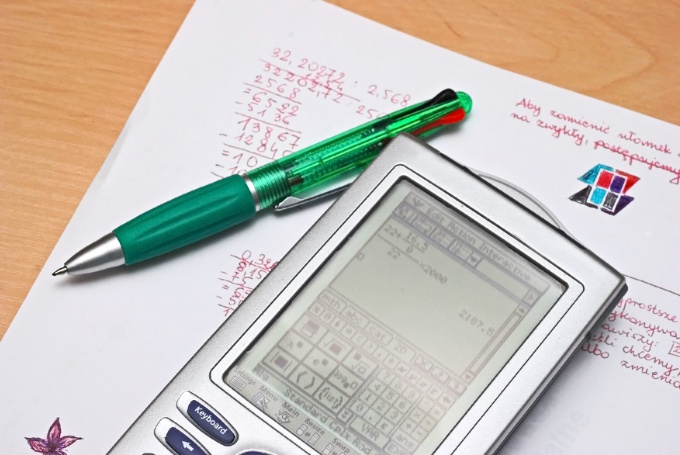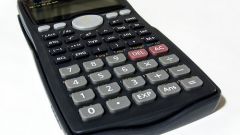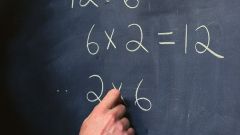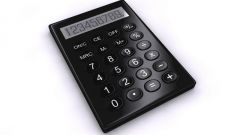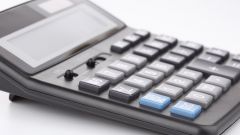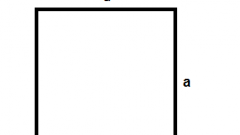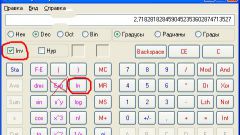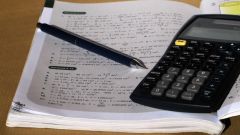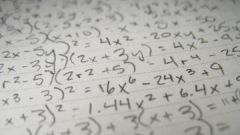Instruction
1
Transform the original record mathematical operations (raising a number to a negative degree) to form fractions. If we denote the basis of the degree as X, and the module index as a record Xˉª can be represented in the form of fractions Xˉª/1.
2
Get rid of the minus in the exponent. For this we need to swap the numerator and denominator in the obtained in the first step, fractions, leaving the indicator of the fraction (-a) module of the indicator (a): Xˉª = Xˉª/1 = 1/Xª.
3
Find the numerical value of the expression standing in the denominator of the fraction (Xª). For example, if the basis of the fraction is the number 12 (X=12), and module index number 3 (a=3), the denominator should be the number 1728 (123=1728). That is a common fraction must take the form of 1/1728.
4
Turn the fraction obtained in the previous step, from ordinary notation to decimal. This files most often as a result of such conversion, the number of turns with an infinite number of digits after the decimal (an irrational number), so the decimal should be rounded to the desired degree of accuracy. For example, when translating a common fraction 1/1728 in decimal with precision up to seven decimal places, we get number 0,0005787 (1/1728≈0,0005787).
5
Use, for example, computing capabilities of search engines, if you explain the transformation from you nobody demands. For example, if you want to get only the numerical value used in the previous steps of the example, there is no need to consistently generate all the conversions and intermediate calculations 12ˉ3 = 12ˉ3/1 = 1/123 = 1/1728 ≈ 0,0005787. Simply go to Google homepage and type in the search query box 12^(-3). Built-in search engine calculator will make all necessary conversions and calculations and display the result accurate to 12 decimal places: 12^(-3) ≈ 0.000578703704.
